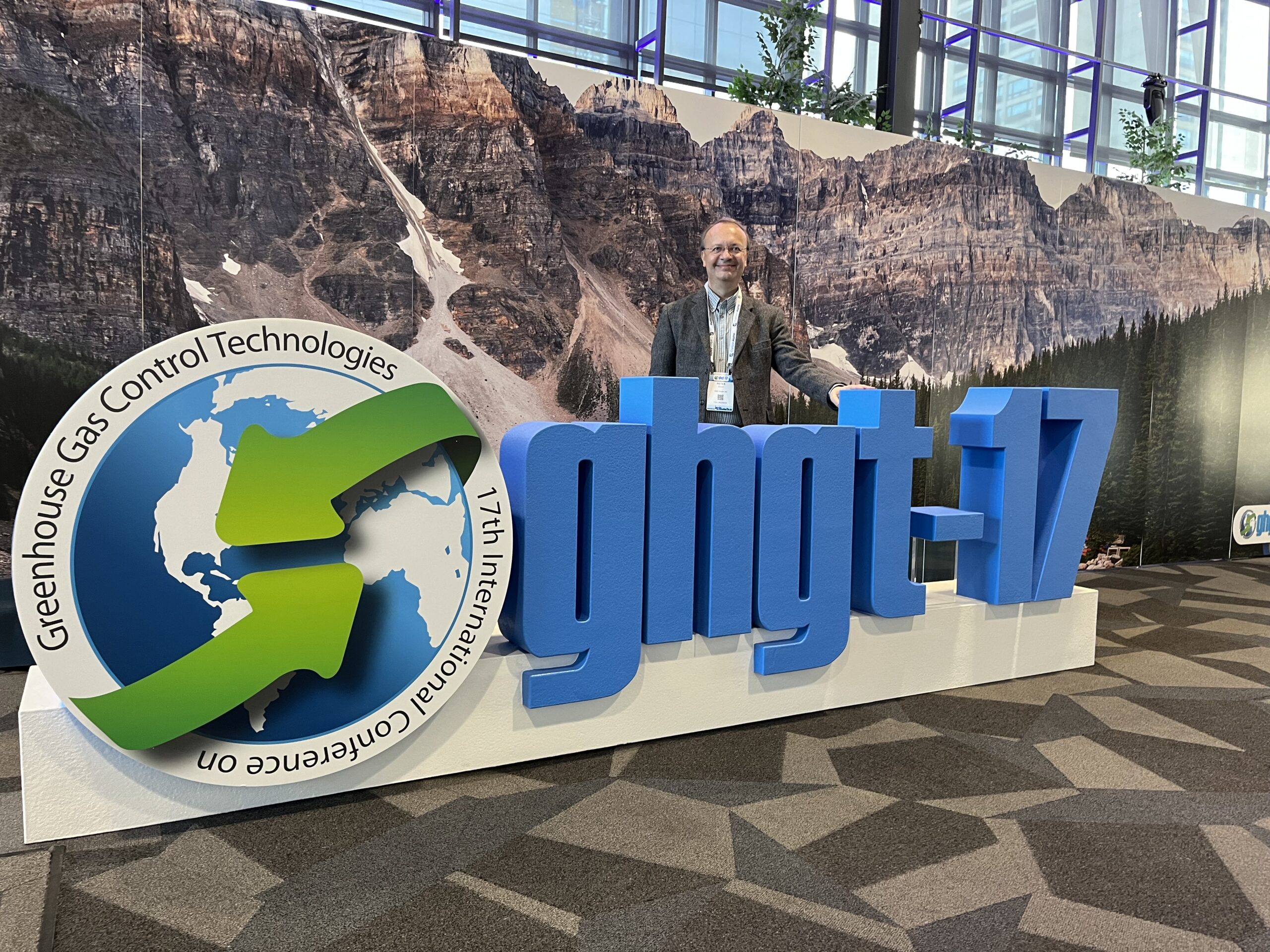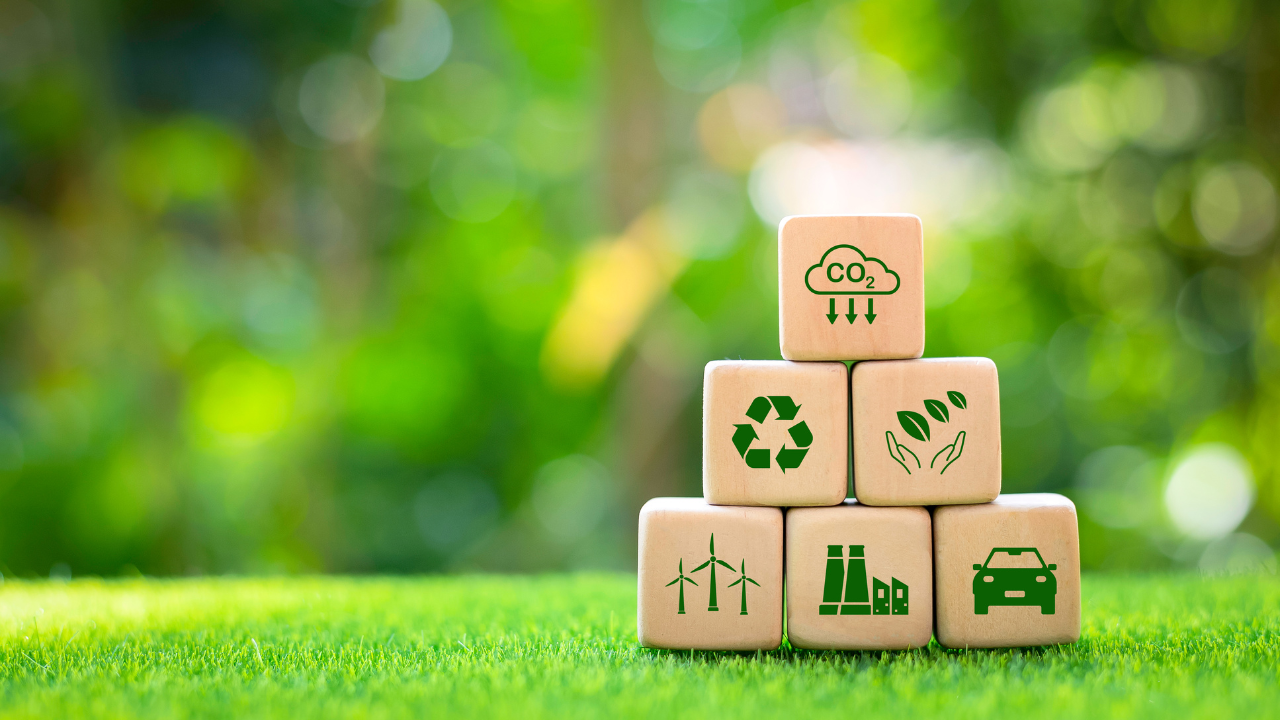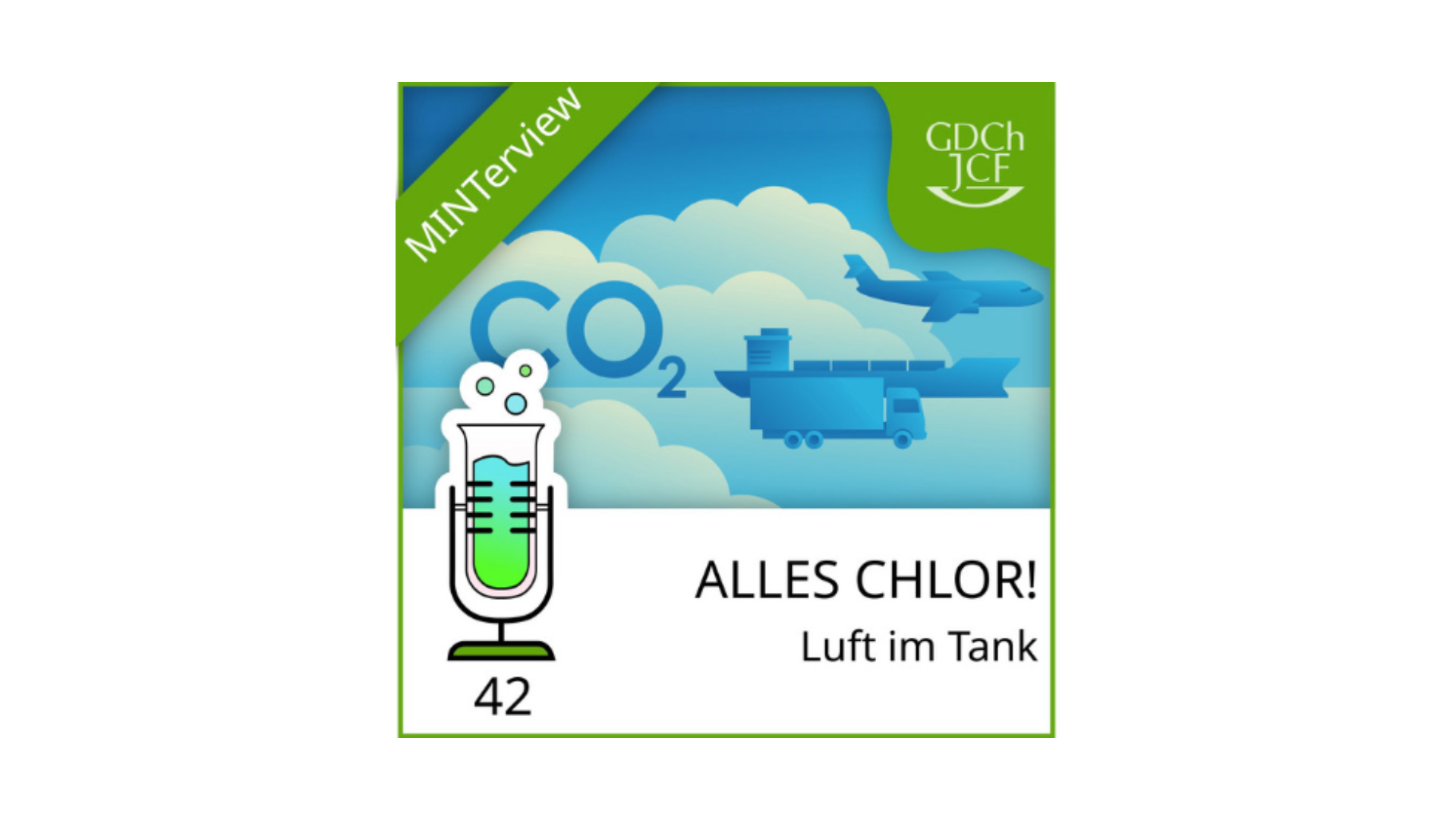Manuel Molina-Muriel, Sabrina Campagna Zignani, Sara Goberna-Ferrón, Antonio Ribera, Antonino Salvatore Aricò, Hermenegildo García
Available at: https://pubs.acs.org/doi/10.1021/acsomega.4c11115
Abstract
The growing concern over climate change and the reliance on fossil fuels has spurred interest in alternative energy processes, particularly electrochemical water splitting to produce hydrogen (H2). This study focuses on developing cost-effective and efficient oxygen evolution reaction (OER) electrocatalysts. We report a novel solvent-free mechanochemical method for synthesizing NiFe-layered double hydroxide (LDH), which demonstrates promising electrocatalytic properties for the OER. The mechanochemical synthesis, requiring only 1 h of solid reagent grinding, produces NiFe-LDH with structural features comparable to those obtained via traditional aqueous phase methods. The electrocatalyst was evaluated in a single cell with a membrane-electrode assembly configuration under alkaline conditions, exhibiting an overpotential of 221 mV at a current density of 10 mA·cm–2 and a Tafel slope of 103.1 mV·dec–1, indicating excellent OER kinetics and low energy barriers. Additionally, the catalyst demonstrated robust durability, maintaining a potential of around 1.55 V during a 35 h test at high current densities of 0.1 A·cm–2 and even 1.75 V at 1 A·cm–2. This work highlights the potential of NiFe-LDH synthesized by an energy-efficient, environmentally green, and scalable process for large industrial water-splitting applications, contributing to the advancement of sustainable hydrogen production technologies.






